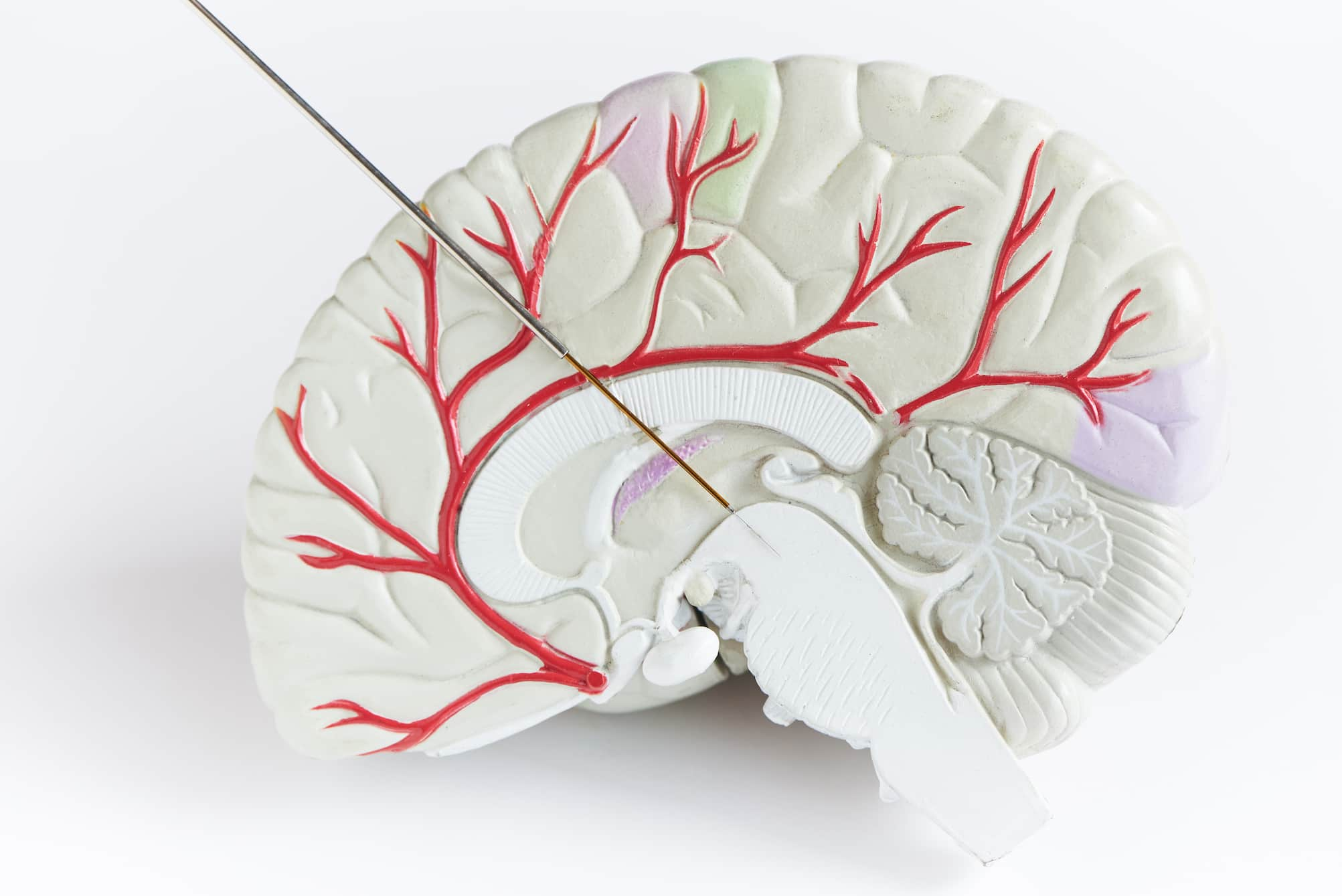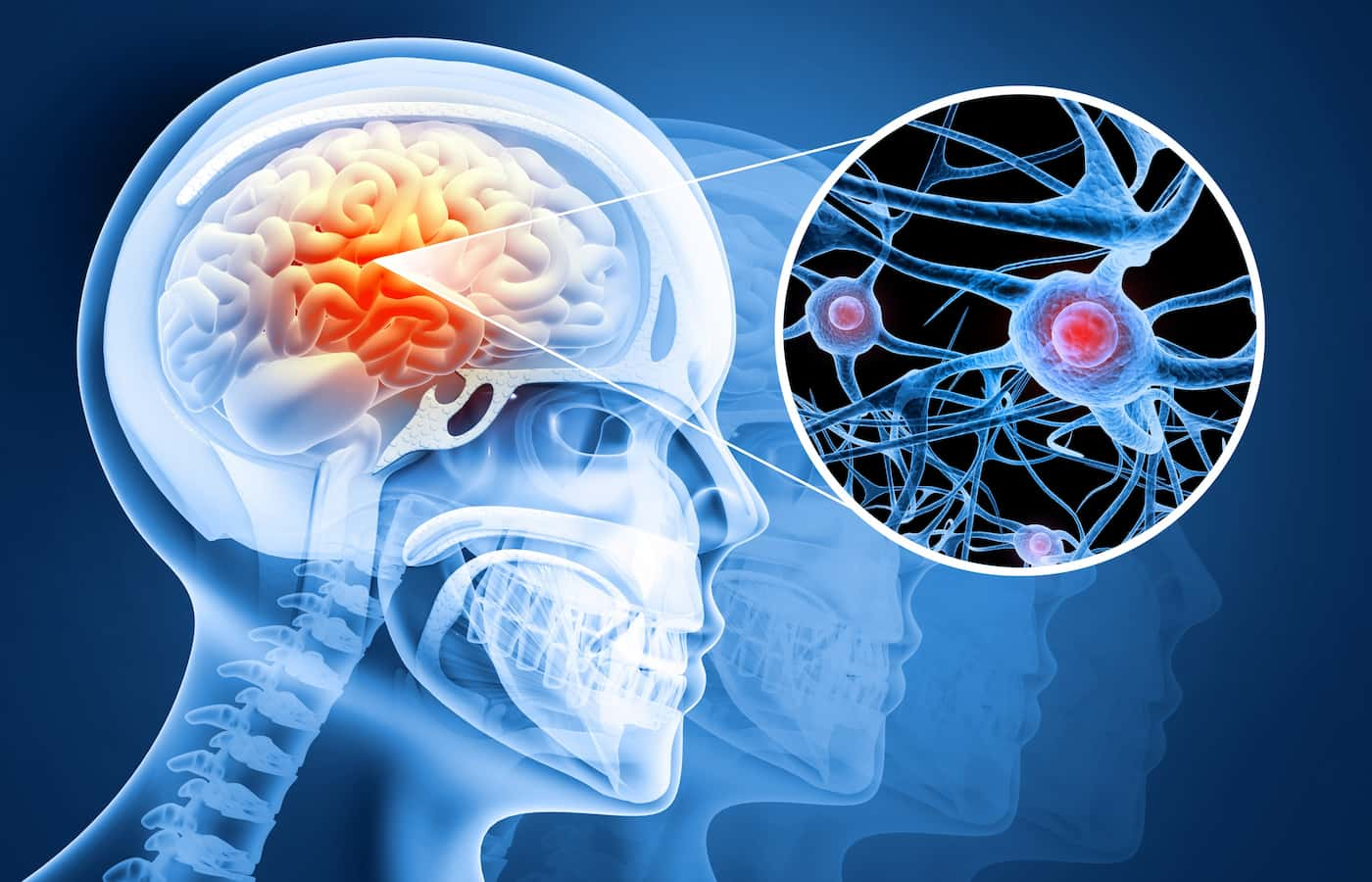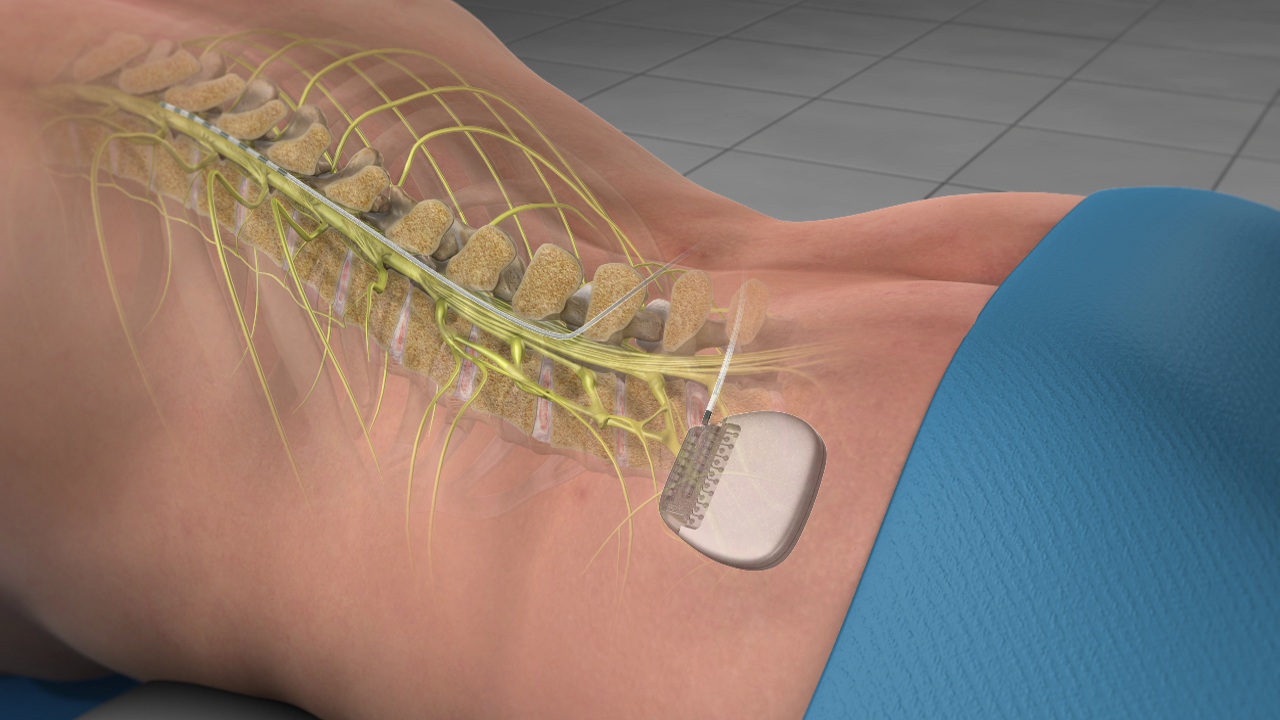
Spinal Cord Stimulation for Chronic Pain
Using spinal cord stimulation for chronic pain is a game-changer, offering hope and improved quality of life for those who haven't found relief with traditional methods. Chronic pain is a disabling condition that affects millions of people all over the world. For many, conventional methods of controlling chronic pain, like pain medications and physical therapy, are simply inadequate to provide relief from the symptoms. Spinal cord stimulation as a treatment for chronic pain could be called a breakthrough remedy. Advanced therapy brings hope and a better quality of life in cases when other methods for pain control are exhausted.
Chronic pain is a persistent pain that continues long beyond the normal tissue healing time, which is more than three months and often much longer. It may arise from a variety of causes, ranging from nerve damage to musculoskeletal and inflammatory diseases. Unlike acute pain, which protects the body from injury, chronic pain may become a disease on its own.
A few common conditions that tend to be associated with chronic pain include:
Failed back surgery syndrome (FBSS): A term for chronic pain following back surgery.
Complex regional pain syndrome (CRPS): This is a chronic form of pain that most often affects one of the limbs—most commonly the arm or leg.
Peripheral neuropathy: damage to the nerves in the arms and legs, which causes pain, weakness, and numbness.
Arachnoiditis: An inflammation of the arachnoid lining, which covers the brain and spinal cord.
Spinal stenosis: The narrowing of spaces in the spine that puts pressure on nerves.
Chronic pain will disrupt significantly the physical and emotional health of the person; it affects how one will carry him/herself in conducting activities daily, can cause one to be depressed, and anxious, and thus lead to decreased mobility. In this view, effective solutions for increasing quality of life need to be established for the management of pain, and this includes spinal cord stimulation in the treatment of chronic pain.
What Is Spinal Cord Stimulation for Chronic Pain?
Spinal cord stimulation for chronic pain is a medical implant during which a minor device is introduced surgically into the body, and mild electrical impulses are sent into the spine. The impulses interfere with the signal of pain that reaches the brain; thus, the sensation of pain is reduced.
How Does Spinal Cord Stimulation for Chronic Pain Work?
These three components constitute the system of spinal cord stimulation for chronic pain:
IPG: Implantable pulse generator; the small device is an electrical impulse generator implanted under the skin, mostly below the collar bone or in the abdomen.
Leads: Thin wires carrying the electrical impulses delivered from the IPG to the spinal cord. These are placed epidurally, meaning that the placement is in the space outside the spinal cord.
Remote Control: A hand-held device that allows the patient to increase or decrease the intensity and rate of the electrical impulses based on his or her pain levels. It modifies the pain signals, produced by the IPG-electrical impulses, before going to the brain. In other words, it can either mask the pain by producing a tingling sensation or block the pain signals altogether.
The Procedure for Spinal Cord Stimulation for Chronic Pain
The spinal cord stimulation for chronic pain procedure is typically performed in two stages: a trial phase and a permanent implantation phase.
Before committing to permanent implantation, patients undergo a trial phase to determine if spinal cord stimulation for chronic pain effectively reduces their pain. During this phase, temporary leads are inserted into the epidural space through a minimally invasive procedure. The leads are connected to an external stimulator worn on a belt.
Patients use the trial stimulator for several days to a week, during which they monitor their pain levels and overall comfort. If the trial phase is successful, meaning the patient experiences significant pain relief, they can proceed to the permanent implantation phase.
Permanent Implantation of Spinal Cord Stimulation for Chronic Pain
In the permanent implantation phase, the temporary leads are replaced with permanent ones, and the IPG is implanted under the skin. This procedure is typically performed under local anesthesia with sedation. The leads are precisely positioned using fluoroscopy (real-time X-ray guidance) to ensure optimal pain relief.
Once the IPG is implanted, the patient and their healthcare provider can fine-tune the settings to achieve the best possible pain relief.
Benefits of Spinal Cord Stimulation for Chronic Pain
Spinal cord stimulation for chronic pain offers numerous benefits for sufferers, including:
Significant Pain Relief: Many patients report a substantial reduction in pain, allowing them to reduce or eliminate their reliance on pain medications.
Improved Mobility and Function: By alleviating pain, spinal cord stimulation for chronic pain can enhance a patient’s ability to perform daily activities and improve their overall quality of life.
Minimally Invasive: Spinal cord stimulation for chronic pain is a less invasive option compared to some surgical interventions for chronic pain.
Adjustable and Reversible: The settings of the spinal cord stimulation for the chronic pain system can be adjusted to meet the patient's needs, and if necessary, the system can be removed.
Considerations of Spinal Cord Stimulation for Chronic Pain
While spinal cord stimulation for chronic pain is generally safe and effective, it is not without risks. Potential complications include:
Infection: As with any surgical procedure, there is a risk of infection at the implantation site.
Lead Migration: The leads can shift from their original position, potentially reducing the effectiveness of the stimulation.
Hardware Malfunction: Although rare, the IPG or leads can malfunction, requiring surgical revision.
Allergic Reactions: Some patients may have allergic reactions to the materials used in the device.
Patients should have a thorough discussion with their healthcare provider about the potential risks and benefits of spinal cord stimulation for chronic pain to make an informed decision.
Who is a Candidate for Spinal Cord Stimulation for Chronic Pain?
Not all chronic pain sufferers are suitable candidates for spinal cord stimulation for chronic pain. Ideal candidates typically meet the following criteria:
Chronic pain for over three months: Spinal cord stimulation for chronic pain is intended for long-term pain management.
Pain not adequately controlled by medications or other therapies: Spinal cord stimulation for chronic pain is considered when other treatments have failed.
No psychological contraindications: Patients should undergo a psychological evaluation to rule out conditions that may interfere with spinal cord stimulation for chronic pain treatment.
Realistic expectations: Patients should understand that spinal cord stimulation for chronic pain is designed to reduce pain, not eliminate it entirely.
Advances in Spinal Cord Stimulation for Chronic Pain
Recent advancements in spinal cord stimulation for chronic pain technology have further enhanced its effectiveness and patient satisfaction. Some of these innovations include:
Burst Stimulation: Delivers electrical impulses in bursts rather than a continuous stream, mimicking the body's natural pain modulation patterns and providing more effective pain relief.
High-Frequency Stimulation: Uses higher frequencies to produce pain relief without the tingling sensation (paresthesia) often associated with traditional spinal cord stimulation for chronic pain.
Closed-Loop Stimulation: Monitors the spinal cord's electrical activity in real-time and adjusts the stimulation accordingly, providing more precise pain control.
Spinal Cord Stimulation Treatment for Chronic Pain
Spinal cord stimulation for chronic pain is a promising treatment option for individuals suffering from chronic pain. By interfering with pain signals before they reach the brain, spinal cord stimulation for chronic pain can significantly reduce pain and improve the quality of life for many patients. While it is not without risks, the benefits of spinal cord stimulation for chronic pain make it a viable option for those who have not found relief through other means.
For those considering spinal cord stimulation for chronic pain, it is essential to work closely with a healthcare provider to determine if it is the right option and to ensure the best possible outcome. With ongoing advancements in technology and technique, spinal cord stimulation for chronic pain continues to offer hope for a pain-free future.



